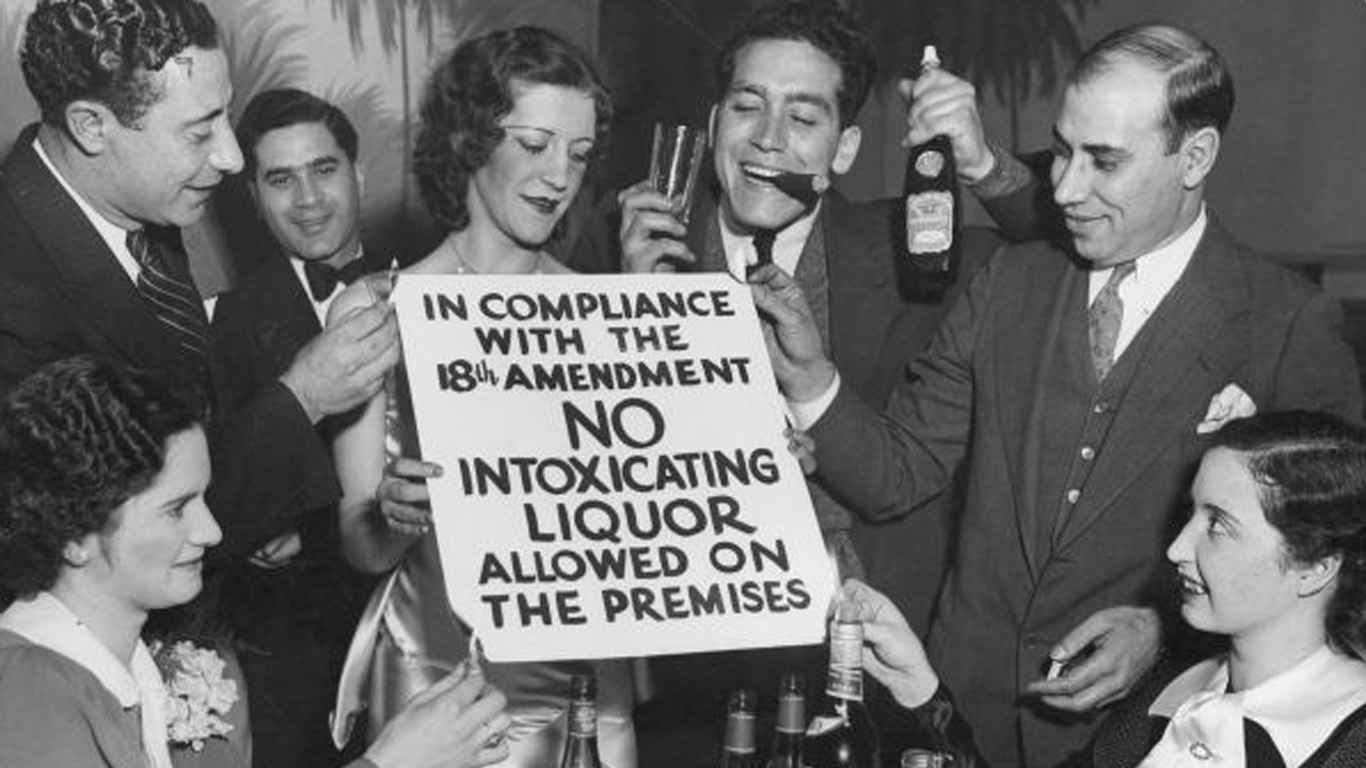Bootleggers, Bathtub Gin & Backroom Deals: How Alcohol Really Moved During Prohibition
The Secrets Behind the Booze During America's Dry Years
From moonlit stills to mob-run speakeasies, the story of Prohibition isn't just about what people drank—it's about how they got it. Between 1920 and 1933, the U.S. government banned alcohol under the 18th Amendment, triggering one of the most creative and rebellious eras in drinking history.
This was a time when bartenders became chemists, gangsters became deliverymen, and the nation's thirst only got stronger. Here's how the booze kept flowing behind the law's back.
Bootlegging: Brewing in the Shadows
The term “bootlegging” originally referred to hiding flasks in your boots, but during Prohibition it expanded to cover the entire underground alcohol trade. Much of the liquor came from three main sources:
- Homemade Alcohol: From “bathtub gin” to backyard moonshine, many made their own. Recipes were passed around like secrets, and the results were often dangerous—some drinks caused blindness or worse.
- Smuggled Imports: Rum runners brought Caribbean liquor up through the Gulf, while whisky flowed in from Canada. Some smugglers even used modified speedboats to outrun the coast guard.
- Diversion from Legal Sources: Industrial alcohol meant for paint or cleaning was redistilled for drinking. Bootleggers got creative—chemistry met crime in some of the era's most toxic cocktails.
Hidden in Plain Sight: Transporting the Goods
Once alcohol was brewed or smuggled, the real game began—getting it into the cities, clubs, and homes without the law catching on. Bootleggers used all sorts of methods:
- False-bottom trucks and furniture: Hidden compartments in crates, walls, and even coffins were used to stash bottles.
- Milk trucks and bakery vans: Disguised as harmless deliveries, these vehicles rolled right past unsuspecting eyes.
- Women's handbags and baby prams: Everyone got involved—including women who could smuggle flasks in their stockings or handbags without much suspicion.
The Rise of the Speakeasy
All this booze needed somewhere to go—and so the speakeasy was born. These hidden bars operated under fake shopfronts, in basements, behind bookshelves, and down unmarked alleys. Entry was often guarded by passwords or paid off policemen.
Speakeasies ranged from gritty dives to glamorous jazz clubs. In cities like New York and Chicago, mob bosses like Al Capone made fortunes controlling the liquor trade and protecting their establishments with violence and bribes.
Prohibition's Legacy
Despite being illegal, Prohibition actually drove innovation in cocktails, music, and nightlife. Bartenders masked the poor taste of bootleg booze with sugar, citrus, and syrups—giving birth to many of the cocktail recipes we still love today.
It also set the stage for organised crime and federal reform. When Prohibition ended in 1933, it had changed America forever—proving you can outlaw alcohol, but you can't outlaw a good time.

